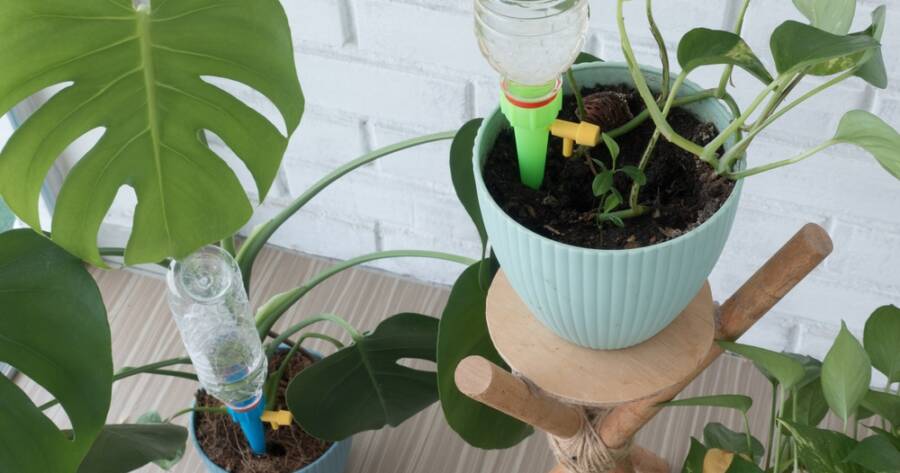Keeping plants healthy can be a challenge, especially if you have a busy schedule or tend to forget regular watering. That’s where self-watering planters come in. Clever containers take the guesswork out of plant care by delivering water directly to the roots as needed. Whether you’re caring for houseplants, balcony herbs, or patio flowers, self-watering systems can make gardening easier, more efficient, and more forgiving. Understand how they work—and why they’re a smart choice for any plant lover.
What Is a Self-Watering Planter?
A self-watering planter is a container with a built-in water reservoir that supplies moisture to the plant gradually over time. Instead of watering the soil from the top, you fill the reservoir, and the plant draws up water as it needs it through a process called capillary action.
Most self-watering systems include:
- A growing container (where the plant and soil are located)
- A lower reservoir (which holds the water)
- A wicking mechanism (such as a cotton strip, mesh screen, or specially designed soil)
- A fill tube or spout (to make it easy to add water)
- An overflow or drainage hole (to prevent overwatering)
These features work together to create a consistent moisture level, which helps reduce both under-watering and over-watering—two of the most common problems in plant care.
How They Save You Time and Effort
The most obvious benefit of self-watering planters is that they reduce how often you need to water your plants. Depending on the size of the reservoir and the plant’s water needs, some containers can go several days or even weeks between refills.
This makes self-watering systems especially useful for:
- People with busy or irregular schedules
- Frequent travelers
- Office settings
- Outdoor planters during hot summer months
Because the water is delivered directly to the root zone, it’s also more efficient. There’s less evaporation compared to surface watering, and nutrients stay closer to the roots rather than getting washed away.
In addition, these systems help prevent soil from drying out unevenly. Traditional watering methods can sometimes soak one area while leaving another too dry. A self-watering planter distributes moisture more evenly across the root zone, leading to healthier, more resilient plants.
Ideal Plants for Self-Watering Planters
While many plants thrive in self-watering containers, some are better suited than others. Plants that enjoy consistent moisture—like herbs, leafy greens, and tropical houseplants—tend to do especially well.
Good options include:
- Basil, mint, parsley, and cilantro
- Lettuce, spinach, and arugula
- Pothos, peace lilies, and ferns
- Tomatoes and peppers (when grown in larger planters)
However, not all plants like constant moisture. Succulents and cacti, for example, prefer dry conditions between watering and can be prone to root rot if kept too wet. If you plan to grow drought-tolerant plants, look for self-watering planters with adjustable wicking or excellent drainage, or use them only during hotter seasons.
Before planting, be sure to check each plant’s specific watering needs to ensure a good match.
Tips for Getting the Most Out of Your Planter
To make the most of a self-watering planter, start by using the right potting mix. Look for a lightweight, moisture-retaining soil blend that allows for good airflow. Avoid heavy garden soil, which can compact and block the wicking system.
Keep an eye on the water level indicator, if your planter has one, and refill the reservoir when it gets low. It’s also a good idea to occasionally flush the system from the top with fresh water to prevent salt buildup from fertilizers.
In colder climates, avoid leaving outdoor self-watering planters full of water during freezing conditions, as the water in the reservoir can expand and crack the container.
Finally, group similar plants together based on their moisture needs. This helps ensure every plant gets just the right amount of hydration without constant attention.
Let Your Planters Do the Watering
Self-watering planters are a smart, low-maintenance way to support healthy, thriving plants—especially if you’re short on time or new to gardening. By delivering water where and when it’s needed, they simplify care and help you avoid common mistakes like overwatering or forgetting to water at all.
Whether you’re growing herbs on the windowsill or brightening your patio with blooms, these planters make it easier to enjoy the beauty of plants without the stress. Just fill the reservoir and let nature—and your planter—take care of the rest.

